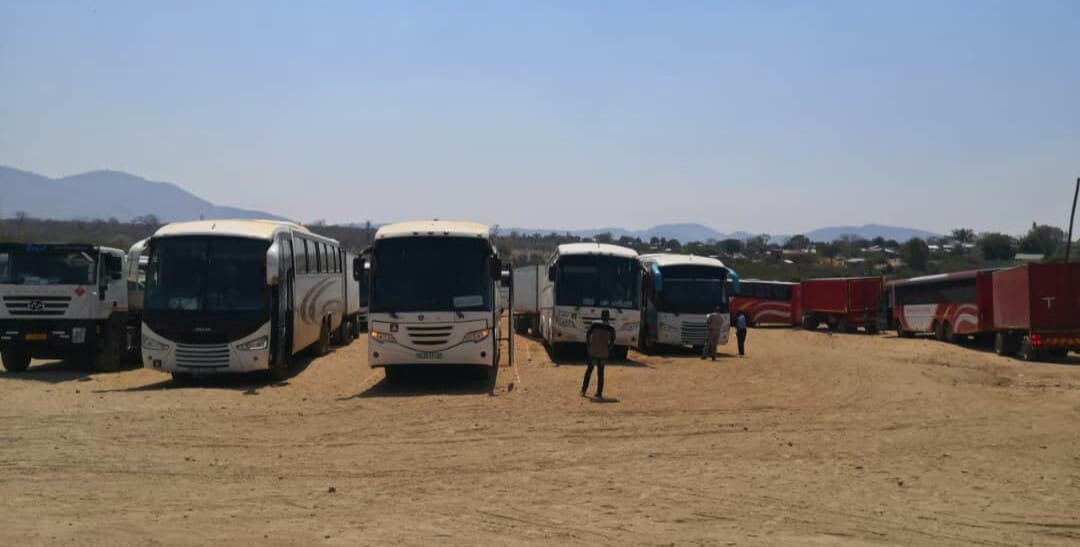Train accidents are uncommon, although they do happen from time to time. A train striking an animal grazing on the railroad or a car trapped on the railroad is the most common cause of train accidents. Many people wonder why the train driver didn’t stop the train when this happens.
People should constantly be aware that train drivers do not intend to hit anyone on their journey. As a result, many train drivers would honk at anything in their path to get it out of the way.
Trains can come to a halt. However, unlike cars and buses, trains are unable to stop promptly. Trains are large, heavy, and fast-moving vehicles. This implies that stopping them requires a significant amount of braking effort. Trains can take up to 1.6 kilometers to come to a complete halt. When the train driver applies the brakes, the train will continue to move for a certain distance before coming to a complete stop.
A lot of railroad tracks aren’t usually perfectly straight because of the land drain. Other train tracks wind their way through a densely forested area full of bushy trees. As a result, train drivers have limited visibility of the road ahead of them or just see a few meters. Many autos stalled on railroads are always out of sight of the train driver until they come close to the area and it would be hard to stop on time.
It’s always too late when they get a clear view of what’s ahead of them, since even if they use the brakes, the train will continue to move forward, covering some distance before it comes to a stop. The train is very heavy and gains momentum and can not be put to an abrupt halt. This means that anything close to or stopped in front of the railroad will be knocked down, even if the driver tries to brake.
Reference
1. https://www.google.com/url?q=https://www.railway-technical.com/trains/rolling-stock-index-l/train-equipment/brakes/north-american-freight.html&sa=U&ved=2ahUKEwjayb6q3KD4AhU4SvEDHa7nBlQQFnoECAcQAg&usg=AOvVaw00E34iI-mUzo4UqYjzSYko
2. https://www.google.com/url?q=https://www.quora.com/Why-cant-trains-stop-quickly&sa=U&ved=2ahUKEwjayb6q3KD4AhU4SvEDHa7nBlQQFXoECAoQAg&usg=AOvVaw0sQf-ioydSsffPKXcx0Any
3. https://www.google.com/url?q=https://engineering.stackexchange.com/questions/17292/why-do-trains-not-have-a-high-friction-emergency-braking-system&sa=U&ved=2ahUKEwjayb6q3KD4AhU4SvEDHa7nBlQQFnoECAkQAg&usg=AOvVaw1TFtCT8Js8tzCbH2BOnNX0




